Collaboration between centers helps ability to breathe
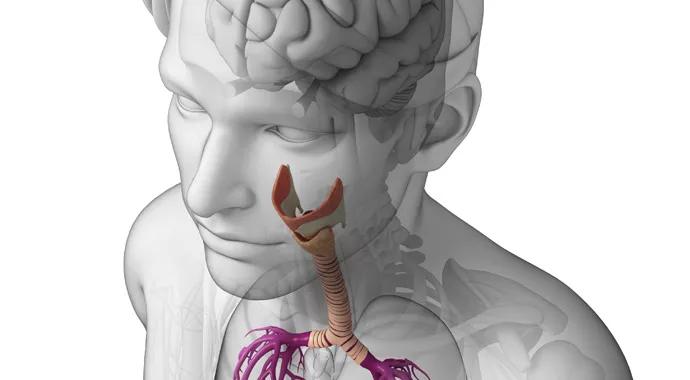
By Claudio F. Milstein, PhD, and Douglas M. Hicks, PhD
Cleveland Clinic is a non-profit academic medical center. Advertising on our site helps support our mission. We do not endorse non-Cleveland Clinic products or services. Policy
Patients with laryngeal hyper-responsiveness (LHR) who come to Cleveland Clinic for care are the beneficiaries of a fruitful clinical alliance between the Voice Center in the Head & Neck Institute and the Asthma Center in the Respiratory Institute.
Specialists in these two areas have joined forces to provide more effective care for LHR patients, whose constellation of symptoms can defy easy diagnosis. These symptoms can include, among others:
In some patients with LHR, relentless symptoms persist for years, even decades, and frequent hospitalizations are common. LHR’s impact on daily life is significant, and in some instances it leads to substantial disability.
The collaboration between the Voice Center and the Asthma Center seemed to be a natural response to LHR patients having been referred to both centers for evaluation. These patients often have been misdiagnosed as having asthma or recurrent anaphylaxis, but treatments for these conditions are ineffective and often result in unnecessary medical interventions. The ineffectiveness of care is reflected in a reported mean time to proper diagnosis of 4.5 years.
Among the factors that contribute to the difficulties in establishing a timely diagnosis are a poor understanding of the underlying pathophysiology, the involvement of numerous specialties and a lack of unifying terminology. Fortunately, clinician interest in and understanding of LHR have increased over the past decade, and effective clinical care is reducing the time from symptom onset to proper diagnosis and effective treatment.
There are two keys to managing LHR:
Recent reports of encouraging progress with various neuromodulators (e.g., gabapentin, amitriptyline, tramadol and pregabalin) in some patients further support the idea of CNS involvement.
Once the patient is correctly diagnosed, our prescriptive care goes beyond drug therapy. The efficacy of behavioral therapy has been demonstrated in several randomized trials. Respiratory and laryngeal control therapy, as provided by our expert speech language pathologists, is an essential component of our treatment algorithm.
Because patients who are referred to our centers often travel long distances to be here, efficiency in providing combined care is paramount to offering them the best overall experience. For example, regardless of where patients with possible LHR enter our system, they are scheduled to be seen at both the Voice Center and the Asthma Center. The degree of cooperation between our centers is uncommon at many other major healthcare facilities, and we encourage voice specialists at all levels to reach out to colleagues in pulmonary and allergy medicine to develop a similar collaboration.
Establishing a professional network with other specialists, with fluid communication among providers, and providing easy access for patients are the keys to providing state-of-the-art care for patients with respiratory disorders of laryngeal etiology.
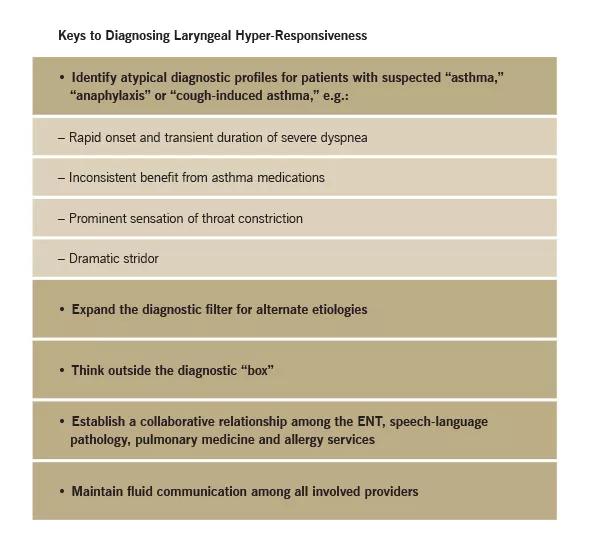
Dr. Milstein is Director of the Voice Center and Section-Head, Division of Speech Language Pathology

Research on children with UHL explores the quality-of-life benefits and outcomes of cochlear implants
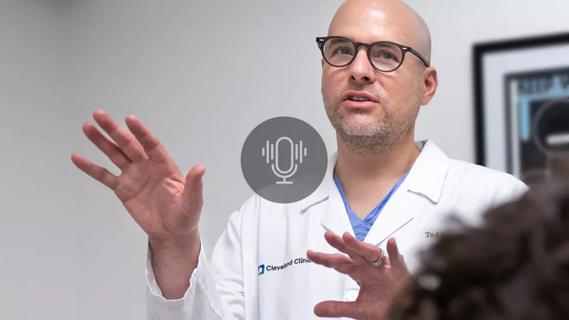
A look at how custom-fitted oral appliances work and when they’re a good fit for patients
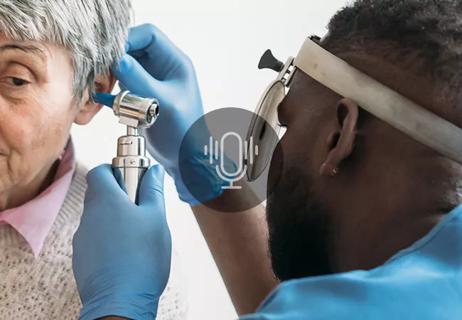
Hearing loss and its treatments are often misunderstood by both the public and healthcare professionals
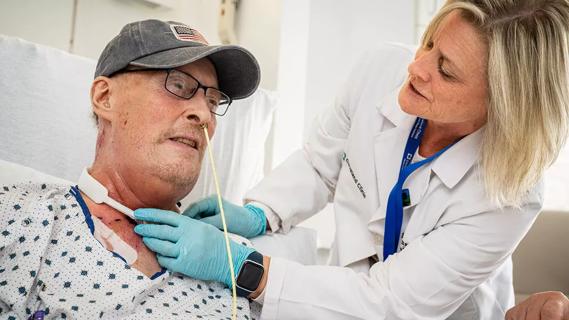
Modified Barium Swallow Study and Flexible Endoscopic Evaluation of Swallowing can both be used to diagnose dysphagia, but it’s important to understand their advantages and disadvantages
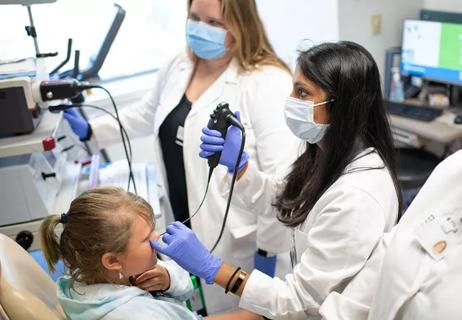
By working in tandem, a pediatric otolaryngologist and speech-language pathologist can diagnose conditions and develop treatment plans in the same visit

Because EILO is a relatively new condition, educating care providers to help diagnose and treat earlier is critical

A Cleveland Clinic speech-language pathologist describes the techniques she uses with her patients and how new research reinforces that patients should be driving care decisions

The treatment is simple and effective for many patients, but more research is needed to determine the exit-strategy from repetitive injections